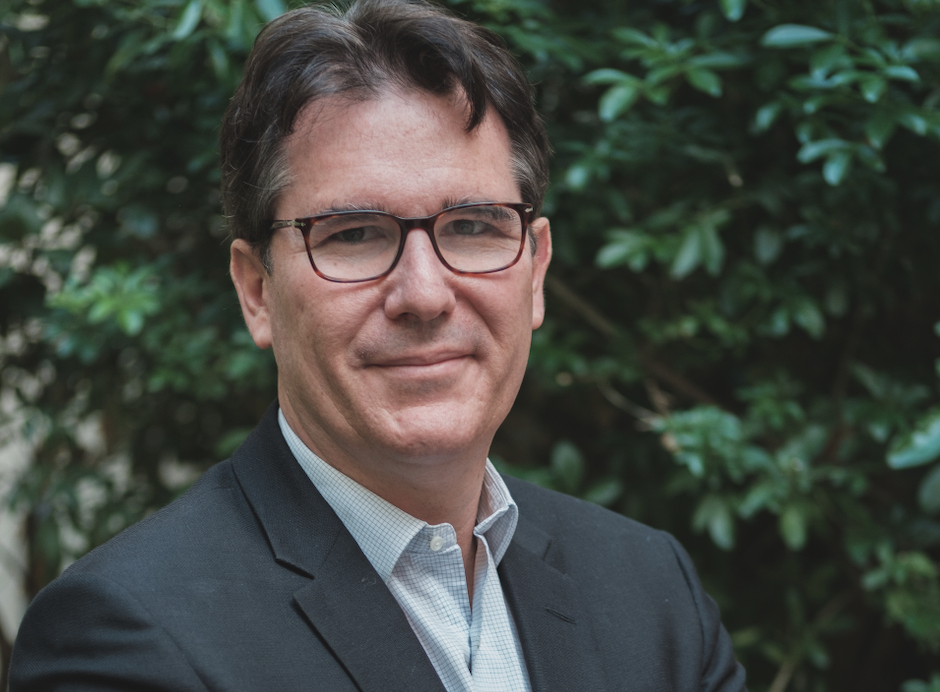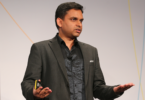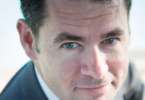Olivier Sala is Group Vice President Research and Innovation at ENGIE, a global energy and infrastructure services company. Prior to taking on this position in July 2021, he served as Director General of ENGIE Digital, with a mission of leveraging digital technologies to further the strategy of the group, and as President and General Director of ENGIE IT. Sala previously held executive positions at Gaz Electricitie de Grenoble, GDF Suez, Gaz de France, and Air Liquide. He also worked as a consultant at The Boston Consulting Group and AT Kearney. Olivier Sala, who has a degree from ESSEC Business School and a Master’s degree in engineering from France’s Université Technologique of Compiègne, recently spoke to The Innovator about how ENGIE is dealing with sustainability, innovation, and talent management.
Q: How is ENGIE dealing with the energy transition?
OS: ENGIE’s purpose is to act to accelerate the transition towards a carbon-neutral economy by reducing energy consumption and moving to more carbon neutral energy sources. We started the decarbonization process in 2016 by getting out of coal. This move decreased our carbon emissions by half.. We decided a year ago to share with our employees and customers and shareholders that our target is to become Net Zero by 2045 on all scopes. Scope 3 emissions [the result of activities from assets not owned or controlled by Engie, but that the organization indirectly impacts in its value chain] are a big part of what we need to reduce.
Q: How do you plan to achieve that?
OS: In renewable energy our target is 50 gigawatts by 2025, 80GW by 2030. Gas products are gradually moving from baseload to complementing renewables. We need gas units to balance electricity. By 2045 we intend to use green gases only – biomethane or hydrogen – to become carbon neutral. This does not mean a decrease in energy output. This is where innovation comes in. Our teams are working on flexible and sustainable green energy solutions as well as how to make our infrastructures compatible. We are also making organizational changes. We already manage our business now in a highly transformational way. Every quarter every business line manager needs to report – in addition to operational and financial performance – where their unit stands on Co2. Our carbon footprint used to be reported once a year in a sustainability report. It is now a key business metric that is embedded into our business strategy and management. We are also helping our customers to achieve carbon neutrality. We have different solutions and offers and technologies that we can assemble and deploy for our customers, including co-generation and mobility solutions. Today the energy world covers many areas. It is more decentralized and more complex than it used to be. Energy efficiency is a must. There is massive electrification of energy but all energy uses, such as long haul transportation, can’t be electrified. Low carbon molecules and electrification have to be developed hand-in-hand because electricity storage over the long term remains a challenge.
Current battery technology based on -lithium ion- have very low energy density so we will also need e-molecules. We already know today that we won’t have enough green hydrogen to make us carbon neutral by 2045.
Q: Can startups help?
OS: I am managing an innovation team but everyone is, of course, willing to work with the external world. We know that we won’t invent everything ourselves. Our corporate investment arm – Engie New Ventures – a €180 million fund, gets access to innovation through the startup ecosystem. Investing in startups provides the group with privileged access to these technologies. The idea is to achieve effective collaborations and value creation. We take minority share investments and get a seat on the boards of our portfolio companies. We currently have 26 active investments in startups. The group also have several other ways to test new markets and new business models. We have a startup studio to build new ventures, a design studio to develop innovative strategies for our energy business, and we also rely on our four research laboratories.
Q: What do you see as your biggest challenges?
OS: Enhancing and fostering innovation across the company is critical. Promoting external and internal collaboration and visibly reinforcing innovation will attract startups and new partners. The other is talent management: how to attract, retain and develop the best people. The energy transition requires a lot of skilled people and expertise, but the market is competitive. We believe that in the same way raw materials are a bottleneck to the energy transition the talent bottleneck is at least as concerning.
Q: Spreading innovation throughout the company is the goal of just about every company today. How does ENGIE do it?
OS: What has been working extremely well for the past 30 years is our Innovation Trophies. Engie has an initiative that allows all employees to constantly propose ideas and projects across different categories. This year there are 400 ideas submitted and we are in the process of selecting the winners. It is a very interesting bottom- up approach that reaches people who are usually quite invisible.
Q: What are you doing to attract talent?
OS: We are experiencing now what we have been experiencing in digital for years: a highly competitive market for talent. Good people on our research teams are being head hunted and getting alternative proposals for double their salary. This never happened before. We are currently working hard on redesigning how we attract and how we develop our talent management strategy. We are looking for people who are passionate about the carbon neutrality battle. I think what makes the difference in attracting good people is having a strategy that is about getting to Net Zero and not pretending to be. If you are serious about your ambitions and meeting exciting challenges people can tell you are for real and will feel like they can have an impact on something that they care about. We need highly committed people. The energy transition story is not written yet. The page is partly blank. We need to get them onboard and help us write it.
Q: You have been in the job for about a year. What have you learned that might help people in similar roles at other companies?
OS: The challenges we need to tackle are quite complicated. There needs to be strategic alignment with a purpose that is inspiring for everyone. No one is sure what will happen and at what stage, so people need to know why they are there and have a North Star, so they don’t lose their way.
This article is content that would normally only be available to subscribers. Sign up for a four-week free trial to see what you have been missing.







